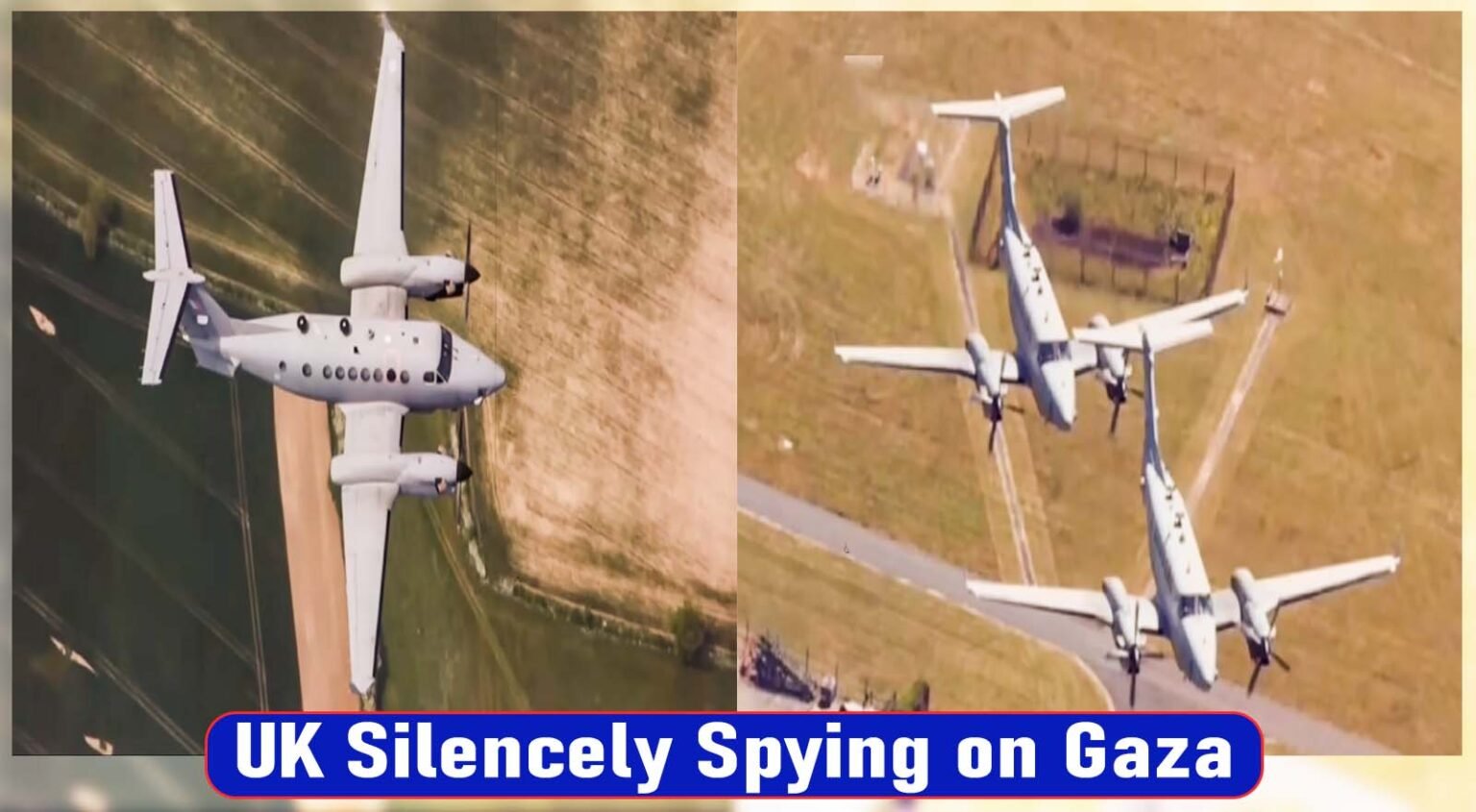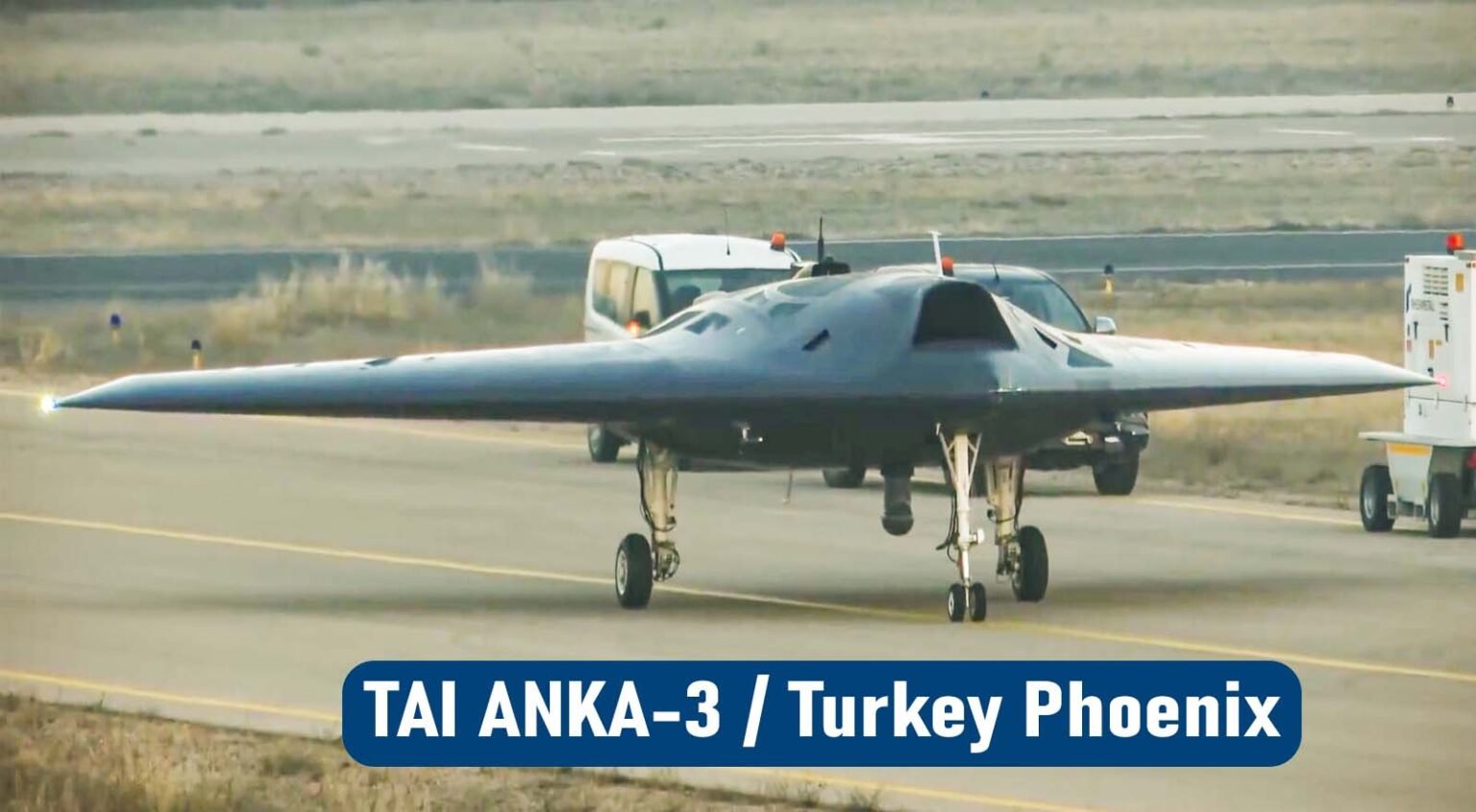The Chengdu J-20, also known as “Mighty Dragon,” is China’s first 5th-generation stealth fighter jet. It is designed to evade radar detection, boasts a top speed of Mach 2.12, is highly maneuverable, and can perform both air-to-air and air-to-ground missions. Currently in service since 2017, it is deployed with PLAAF brigades and is continuously upgraded with new engines and weapons. This significant development challenges the US F-22 Raptor and F-35 fighters and raises questions about future air conflicts. Chengdu J-20
Generally some people compare this J-20 with the US-made F-22 Raptor and the US-made F-35 fighter jet. You can also look at these two fighter jets.
Chengdu J-20 Development
The J-20, a stealth fighter developed by Chengdu Aerospace Corporation, was launched in 2010-11 with a service entry date of 2019. The first prototype underwent high-speed taxiing tests in December 2010, and the third prototype, numbered “2011”, made its maiden flight in March 2014. (Chengdu J-20) The aircraft featured modified diverterless supersonic inlet intakes, stealth coating, streamlined underwing fairings, and redesigned vertical stabilizers. In October 2017, Chinese state media reported that the J-20 designs were finalized and ready for mass production and combat readiness. In March 2018, the Chinese military revealed other versions of the J-20 platform were being developed, including a twin-seat variant for tactical bombing, electronic warfare, and carrier strike roles. In July 2020, the J-20B was unveiled and entered mass production with thrust vectoring control. In January 2021, China announced plans to replace Russian engines with a Chinese engine called WS-10C, which was officially showcased at the Zhuhai Airshow in September 2021. Chengdu J-20

Chengdu J-20 Design Overview
The J-20 is a multirole air superiority fighter with a long fuselage, chiseled nose section, and frameless canopy. It features low-observable diverterless supersonic inlet intakes, all-moving canard surfaces, leading edge extensions, and twin outward canted fins. The design focuses on high instability, requiring sustained pitch authority at a high angle of attack. (Chengdu J-20) A canard design provides good supersonic performance, excellent transonic turn performance, and improved short-field landing performance. The design incorporates leading edge extensions and body lift to enhance performance, generating 1.2 times the lift of an ordinary canard delta and 1.8 times more lift than an equivalent-sized pure delta configuration. The J-20 is designed for air-superiority missions and within-visual-range engagements, with comparable manoeuvrability to the Chengdu J-10 and significantly better at low-observable performance. Chengdu J-20
Cockpit and control of Chengdu J-20
The J-20 avionics system aims to provide situational awareness through advanced sensor fusion and denying it to adversaries through stealth and electronic warfare. It features an integrated avionic suite with multi-spectral sensors for omnidirectional coverage. The radar used in the J-20s is not yet publicly known, but some analysts believe it was designed for upgraded versions of the J-11D. (Chengdu J-20) Production models feature a revised nose section with an electro-optical/infra-red targeting system and advanced communications suite. (Chengdu J-20) The Distributed Aperture System provides omnidirectional coverage for the pilot, and Beijing A-Star Science and Technology developed the EOTS-86 electro-optical targeting system and Electro-Optical Distributed Aperture System for passive detection, identification, tracking, and intercepting stealth aircraft without emitting electromagnetic signals. The aircraft features a fully-digital glass cockpit with one primary large color LCD, three smaller auxiliary displays, and a wide-angle holographic heads-up display. Chengdu J-20
Engines and Stealth Capabilities of Chengdu J-20
The J-20 is a stealth fighter aircraft powered by an improved Lyulka-Saturn AL-31 variant, reportedly the AL-31FM2. The aircraft’s airframe uses a holistic approach to reduce its radar cross-section, combining canard wings with leading edge root extensions (LERX). The chined forebody, modified radar radome, and electroconductive canopy use stealth shaping, yielding signature performance similar to the F-22 Raptor. The diverterless supersonic inlets (DSI) lead into serpentine inlets (S-ducts) to obscure the engine’s reflective surface from radar detection. (Chengdu J-20) Other low-observable features include a flat fuselage bottom, sawtooth edges on compartment doors, mesh coverings on cooling ports, embedded antennas, and radar-absorbent coating materials. The aircraft uses composite materials to minimize its radar cross sections, such as the diverterless supersonic inlet (DSI) and a removable radar reflector (Luneburg lens). In the 2021 production model, the emitter is re-engineered to be retractable. Chengdu J-20
Operational history and deployment of Chengdu J-20
The J-20 stealth aircraft, developed by the Chinese Air Force (PAAF) from 2010 to 2020, has undergone several prototypes. The first prototype, numbered “2001,” made its maiden flight in January 2011, lasting 15 minutes. The second prototype, numbered “2002,” underwent high-speed taxiing tests and flight testing. The third prototype, numbered “2011,” performed its maiden flight in March 2014. By the end of 2014, three more pre-serial prototypes were flown, each with incremental improvements to the design. The fourth prototype, numbered “2012,” tested in July 2014, powered by AL-31FM2 engines. The fifth prototype, numbered “2013,” took off in November 2014, and the sixth prototype, numbered “2015,” made its maiden flight in December 2014. In September 2015, a new prototype, numbered “2016,” began testing, with modifications such as modified DSI bumps on intakes. By 2020, the J-20 is scheduled to use the 18-19 ton WS-15 engine, enabling super cruise without using afterburners. The PLAAF began inducting J-20s into combat units in February 2018, replacing Su-30MKK fighters. Chengdu J-20

Subtypes of the Chengdu J-20
J-20A
The J-20 platform’s initial manufacturing version is called J-20A. Prototypes were put through flight testing in late 2010, and the first flight took place in 2011. In October 2017, the version went into serial production. The People’s Liberation Army Air Force integrated J-20A into its training units in March 2017 and its combat units in February 2018. Chengdu J-20
J-20B
To enhanced J-20 version featuring a redesigned nosecone, expanded spine, improved engine intakes, and maybe WS-15 engines. The cockpit is also somewhat elevated. The first sighting of prototype #2051 came in December 2022. Chengdu J-20
J-20S
The J-20S, also known as J-20AS or J-20B, is a twin-seat stealth fighter in development. It was first spotted in October 2021 and is the first twin-seat stealth fighter in the world. The twin-seat design allows for the second operator to conduct airborne early warning and control (AEW&C) missions, providing battlespace surveillance, battle management, and intelligence analysis. (Chengdu J-20)The stealth fighter could also coordinate attacks and reconnaissance missions from unmanned combat aerial vehicles (UCAVs) linked via “loyal wingman” systems and sensors. The twin-seat configuration may also provide marginal benefits in pilot training and strike missions. The back-seater operator would focus on managing the aircraft fleet, reducing the pilot’s workload in contested air combat environments. The twin-seat variant could also be used as an electronic warfare platform, controlling stealth Hongdu GJ-11 unmanned combat aerial vehicle and potentially managing the LJ-1, a low-end modular drone platform. Chengdu J-20
Chengdu J-20 general specifications
One pilot.
21.2 m (69 ft 7 in) in length
13.00 m (42 feet 8 inches) in wingspan
4.69 m (15 ft 5 in) tall
Area of wings 73 m³ (790 sq ft)
The empty weight is 37,479 lb (17,000 kg).
Gross weight is 55,116 lbs or 25,000 kg
Maximum weight at takeoff 37,000 kg (81,571 lb).
12 000 kg (26,000 lb) of fuel within
2 × Shenyang WS-10C Powerplant afterburning turbofan, with an afterburner, 142–147 kN (32,000–33,000 lbf).
Chengdu J-20

Chengdu J-20 Performance
Max velocity is Mach 2.0
5,500 kilometers (3,400 miles, 3,000 nmi) of range with two external fuel tanks
2,000 km is the combat range (1,200 mi, 1,100 nmi)
Service ceiling Six6,000 feet (20 meters)
g bounds: +9/-3
Climbing at 304[10] m/s (59,800 ft/min).
Wing loading 69 lb/sq ft, or 340 kg/m*2
Chengdu J-20
Chengdu J-20 Armament
Chengdu J-20
Internal weapon bays
PL-10 Short Range AAM
PL-12 Medium Range AAM
PL-15 Long Range AAM
PL-21 Very Long Range AAM (future implementation)
LS-6/50 kg and LS-6/100 kg Small-diameter precision-guided bomb (intended)
Anti-radiation missile
Chengdu J-20
Chengdu J-20 Avionics
Type 1475 (KLJ-5) AESA Radar
EOTS-86 electro-optical targeting system
EORD-3 infrared search and track
Chengdu J-20
(Chengdu J-20) You can go to this website and learn about military things. To visit the website click here.
FAQ
What engine was used in the Chandu j-20?
The Chengdu J-20 has used two different engines throughout its development and deployment. This is AL-31FM2 and WS-15.
What is the maximum speed of j-20?
J-20 has a maximum speed of Mach 2.1 to 2.3. This is not officially published but some online sources provide this information.
How much money was spent by the Chinese to develop j-20?
It’s almost costing 100 to 120 million dollars. This is not officially published but some online sources provide this information.
How many J-20s has China produced?
It’s running a process to build more and more j20 buy China but they have said they will produce 40 to 50 Jet per year.
Is that j-20 is a stealth fighter jet?
Yes, j-20 is a fully stealth fighter jet developed by China. It was developed as an air superior fighter that can take a great dog fight with any fighter jet in the world.







